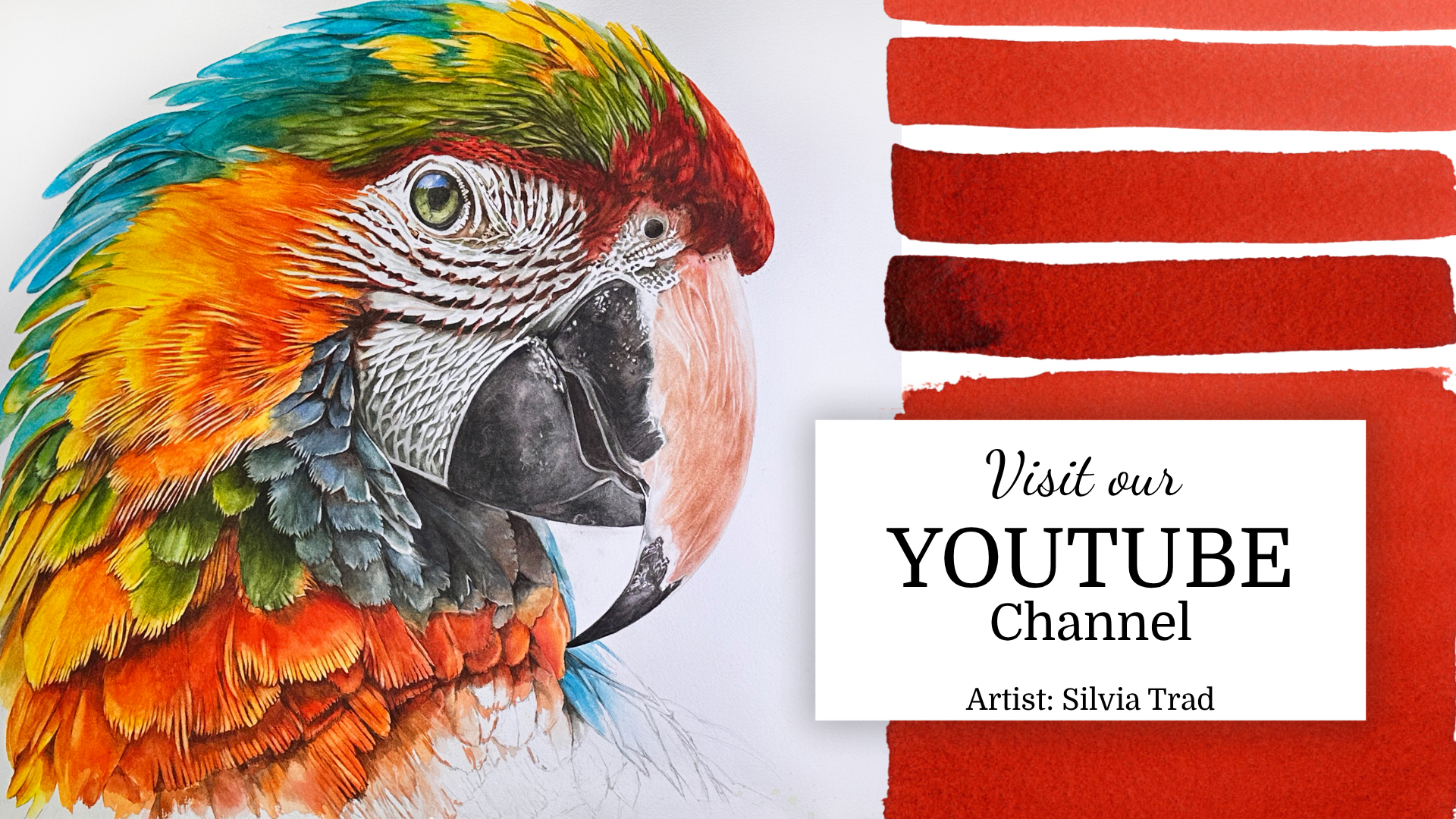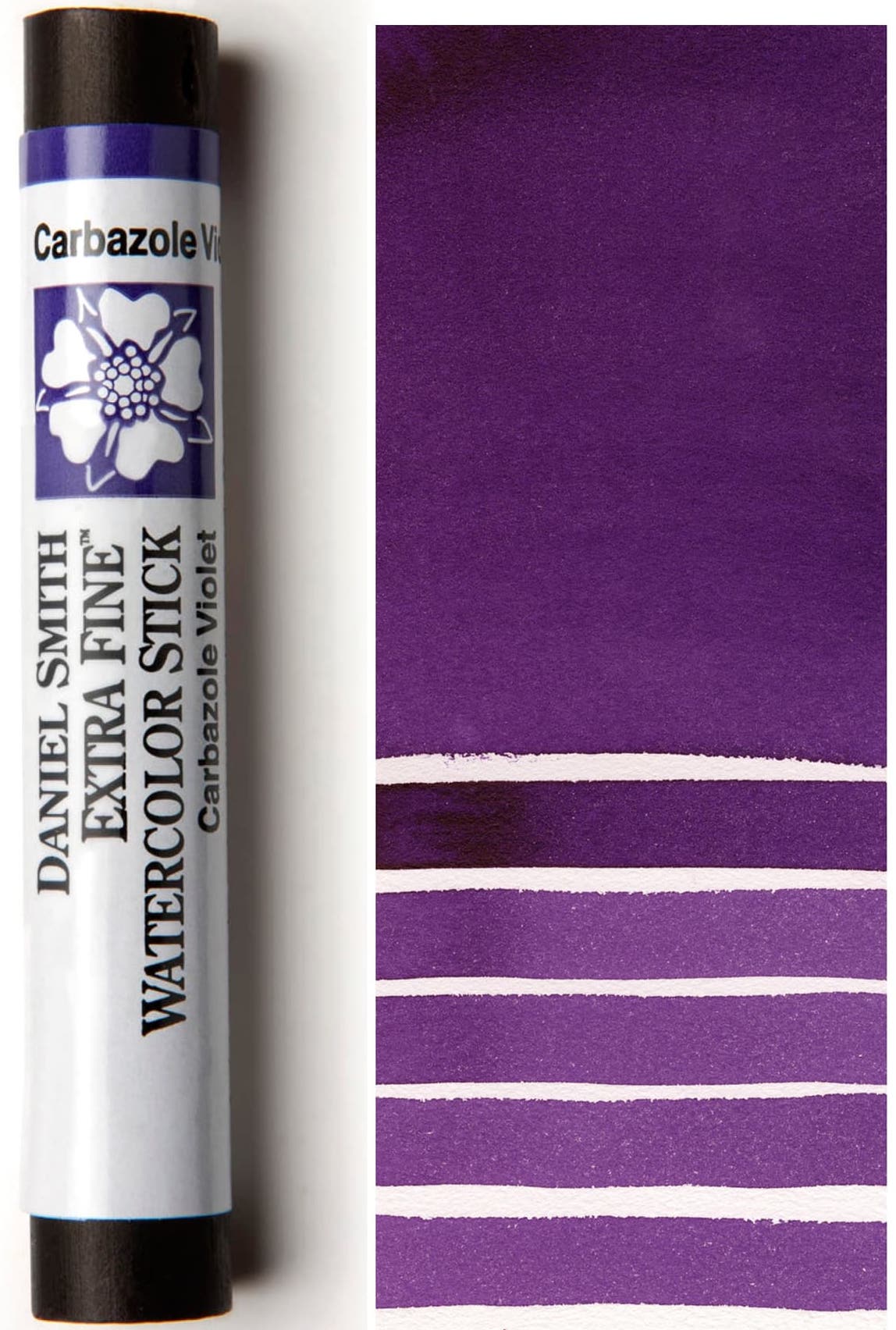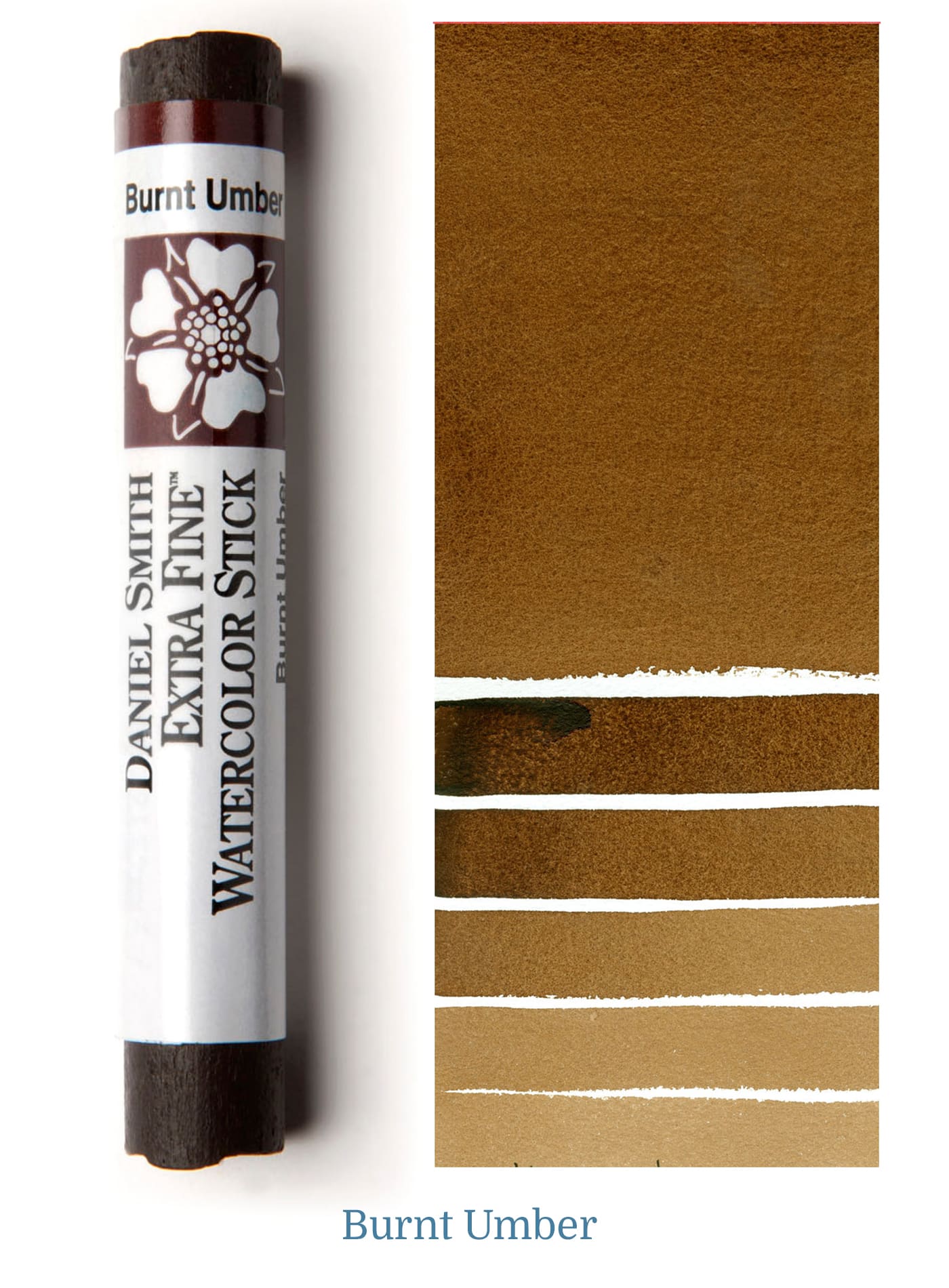Share:
Did you know that DANIEL SMITH has a YouTube channel filled with over 800 educational, and binge-worthy videos? Whether you’re just getting started with watercolor or have years of experience behind the brush, our channel is a rich resource for creativity, community, and connection.
What you’ll find on our channel:
Educational Tutorials
From color mixing and paint handling to surface prep and specialty techniques, our videos are a go-to resource for expanding your watercolor knowledge at any level.
Artist Insights and Demos
Get an inside look at the creative process from DANIEL SMITH Brand Ambassadors and guest artists around the world. These videos share real techniques, color palettes, and inspiration directly from working artists.
Thursday and Friday LIVE with John Cogley
Join DANIEL SMITH Owner John Cogley in our weekly LIVE sessions, recorded and archived for you to watch any time. These sessions are packed with product insights, color stories, and engaging artist interviews.
Shorts and Quick Tips
Short on time? Our YouTube Shorts offer quick bursts of information and inspiration in just a few minutes.
Whether you’re here to learn, be inspired, or simply enjoy the magic of watercolor, the DANIEL SMITH YouTube channel is your space to explore and grow.
Watch, learn, and binge at your own pace. Your next favorite video is waiting!







